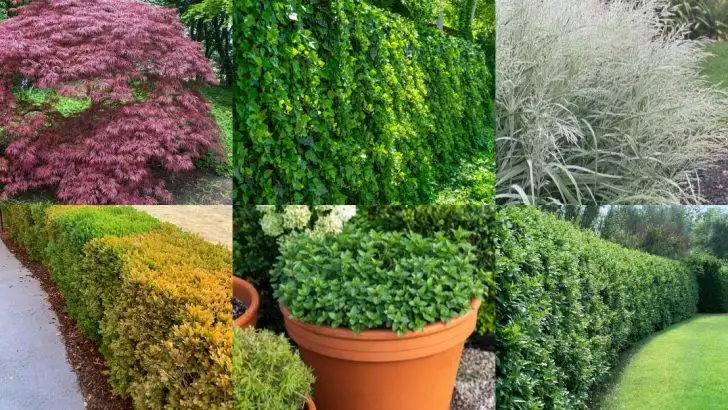Some plants are straight-up curb appeal killers. You think you’re adding charm. Maybe a splash of color. But instead? You’ve planted a giant why? right next to your front door. Leggy stems, awkward shapes, blooms that looked cute at the nursery and now scream “suburban chaos.” Your front yard deserves better. It should say “welcome,” not “we gave up.” And luckily, the fix doesn’t involve ripping everything out or breaking the bank. Just a few smart swaps can turn your yard from forgettable to fabulous. Let’s trade those eye-roll plants for ones that actually work.
Overgrown Bamboo
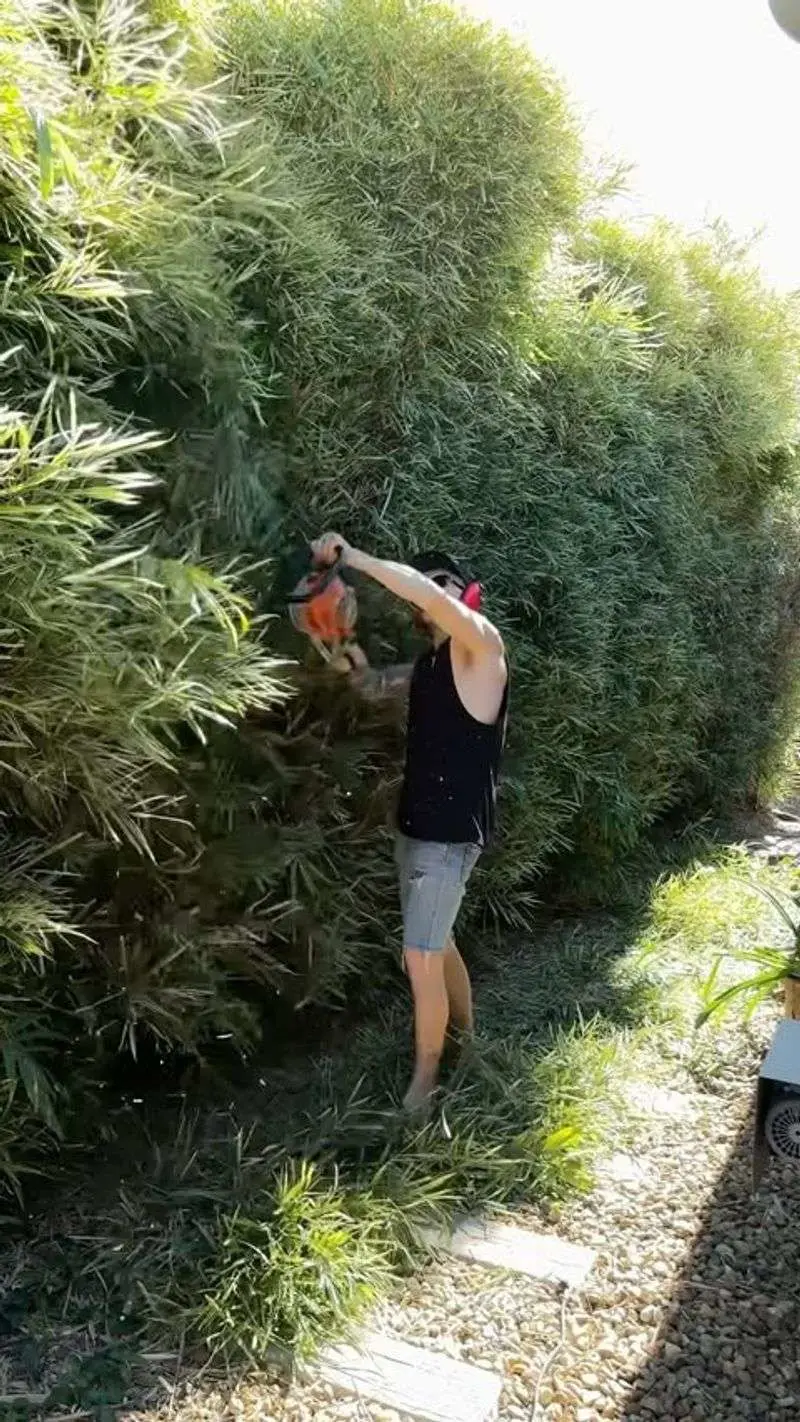
Bamboo might seem like a chic choice for a modern yard, but left unchecked, it takes on a life of its own. Rapid growth and spreading rhizomes can quickly turn a neat garden into a wild jungle, often creeping beyond intended boundaries. Neighbors might not appreciate the invasion, and neither will future buyers who see it more as a nuisance than a feature. Pruning becomes a relentless chore, and if neglected, it can overshadow more desirable plants nearby. Consider its potential growth before planting, or opt for a clumping variety to mitigate these issues.
English Ivy

While English Ivy can give homes a classic, stately appearance, it often does more harm than good. This vigorous climber can damage brickwork, wooden structures, and even invade gutters, leading to costly repairs. Over time, it can suffocate trees, deny your landscape the chance to shine with diverse plantings. As it aggressively spreads, it demands constant attention to prevent it from taking over. Potential buyers may see high maintenance rather than charm. Native alternatives can provide a lush aesthetic without the aggressive nature.
Poison Ivy
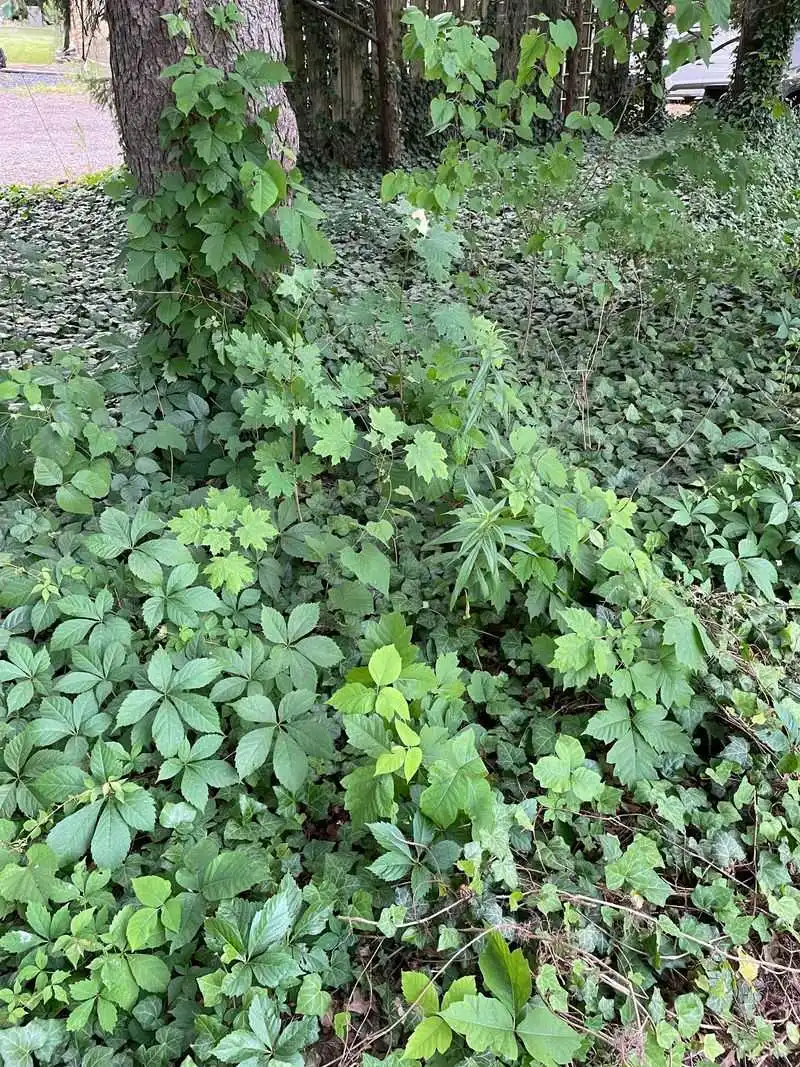
Few plants provoke as much dread as poison ivy. Its infamous itchy rash deters visitors and creates a health hazard for families and pets. Easily overlooked, its three shiny leaves can blend into surrounding greenery, making it a hidden menace. The plant’s ability to spread rapidly means it can quickly dominate an area, making regular checks essential. Removing it safely requires protective gear and diligence. Instead, consider planting non-toxic, native shrubs that offer both beauty and safety.
Ground Elder

Ground Elder, also known as Bishop’s Weed, is a prolific spreader that often becomes an uninvited guest in gardens. Its invasive nature allows it to quickly smother more delicate plants, turning a carefully curated garden into a monotonous sea of green. With roots that travel extensively underground, eradication can be challenging and time-consuming, often requiring repeated efforts. Opt for ground covers that offer similar coverage without the invasive tendencies, preserving your garden’s diversity and appeal.
Privet Hedge
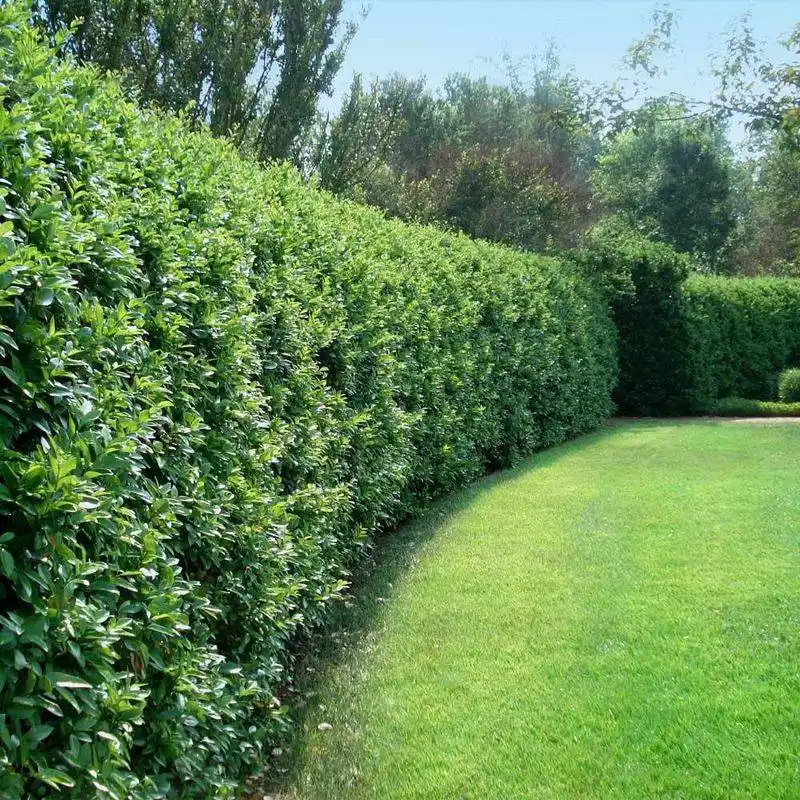
Privet hedges are a common sight in many yards, but when neglected, their appeal quickly wanes. Left untrimmed, they form unruly barriers that obscure views and block sunlight. The dense growth can become a haven for pests, and their rapid growth demands frequent trimming to maintain order. Although they provide privacy, they lack the seasonal interest offered by flowering shrubs or native alternatives. If not maintained, they can suggest neglect rather than a welcoming environment.
Ragweed
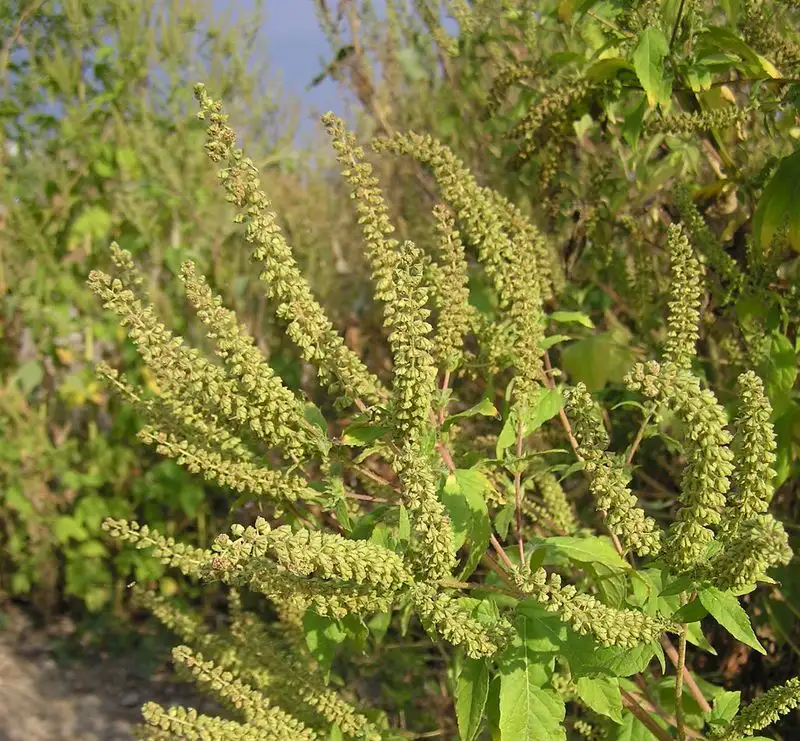
Ragweed often sneaks into gardens unnoticed, but its presence is unmistakable for allergy sufferers. This unassuming plant releases copious amounts of pollen, triggering sneezing fits and watery eyes for many. Its non-descript appearance allows it to blend in with more desirable plants, yet its impact is anything but discreet. Removing ragweed requires vigilance, as its seeds can remain viable in the soil for years. Opt for allergy-friendly plants that add color and fragrance without the discomfort.
Creeping Charlie
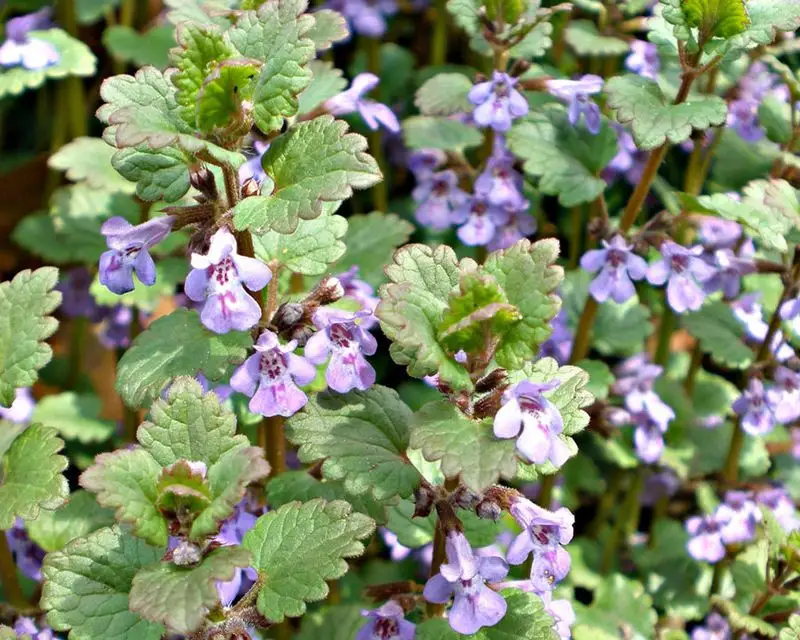
Creeping Charlie, or ground ivy, loves to take over lawns and gardens. Its tenacity is unmatched, as it spreads through stems that root easily at every node, forming a thick carpet over everything in its path. This aggressive growth can choke out grass and other desirable plants, leaving behind a landscape dominated by its scalloped leaves and purple flowers. Regular maintenance and removal are necessary, but even then, it often returns with vigor. Consider alternatives that offer ground coverage without the invasive tendencies.
Mint
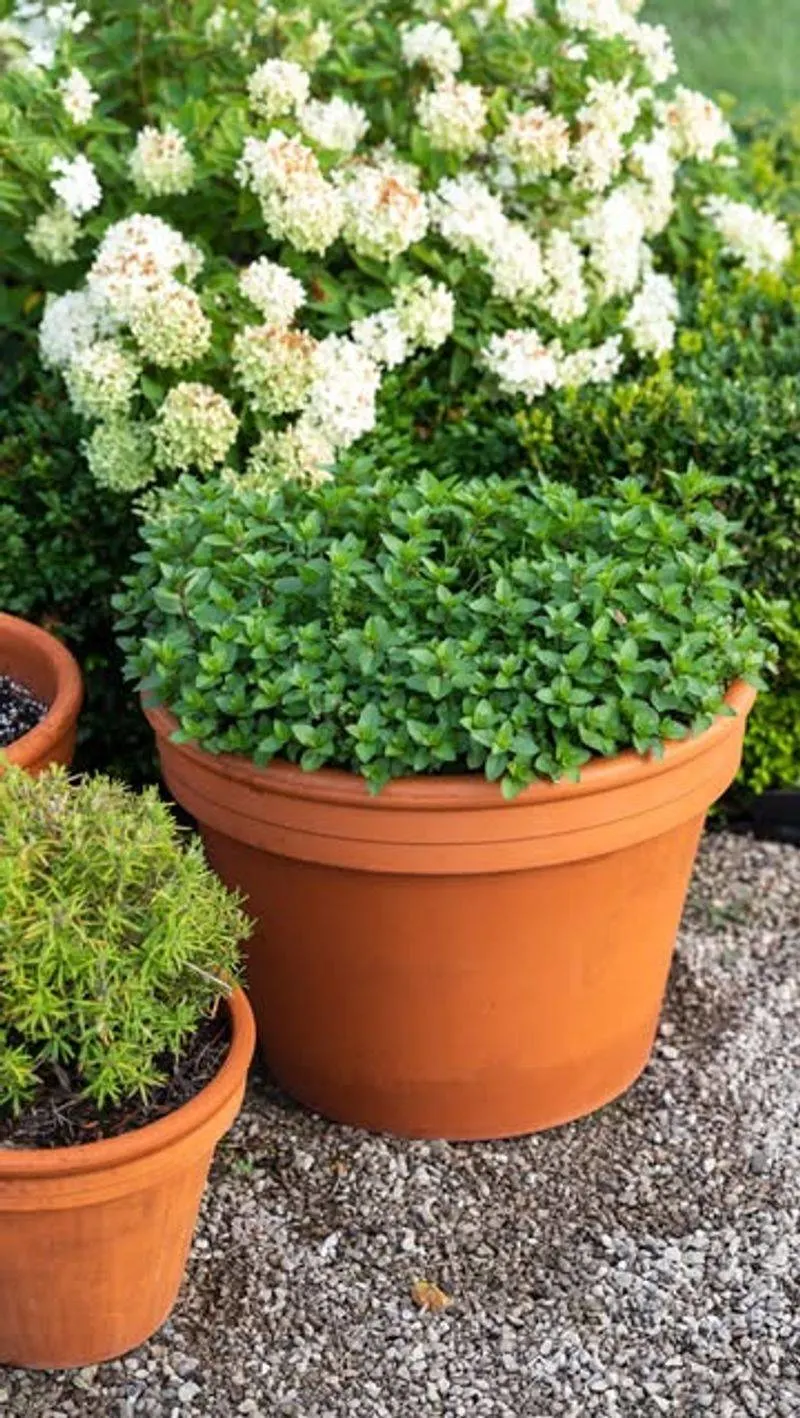
Mint is beloved for its fragrance and culinary uses, but in the garden, it can become a rampant invader. Once established, its underground runners allow it to spread rapidly, often outcompeting less aggressive neighbors. What starts as a small herb patch can quickly turn into a monoculture, requiring diligent pruning and containment strategies. For those who can’t resist growing mint, consider planting it in containers to enjoy its benefits without the takeover. This way, you can maintain both order and aroma in your garden.
Roses

Roses have long been celebrated for their beauty and fragrance, often becoming the centerpiece of garden displays. Their timeless charm blends well with various garden styles, offering vibrant colors and alluring scents. Regular pruning and proper care encourage blooms throughout the season, rewarding gardeners with continuous visual appeal. Despite their reputation for being high-maintenance, modern varieties have been bred for resilience and lower care needs. Pairing roses with complementary plants can enhance their impact, enriching the overall garden experience.
Lavender
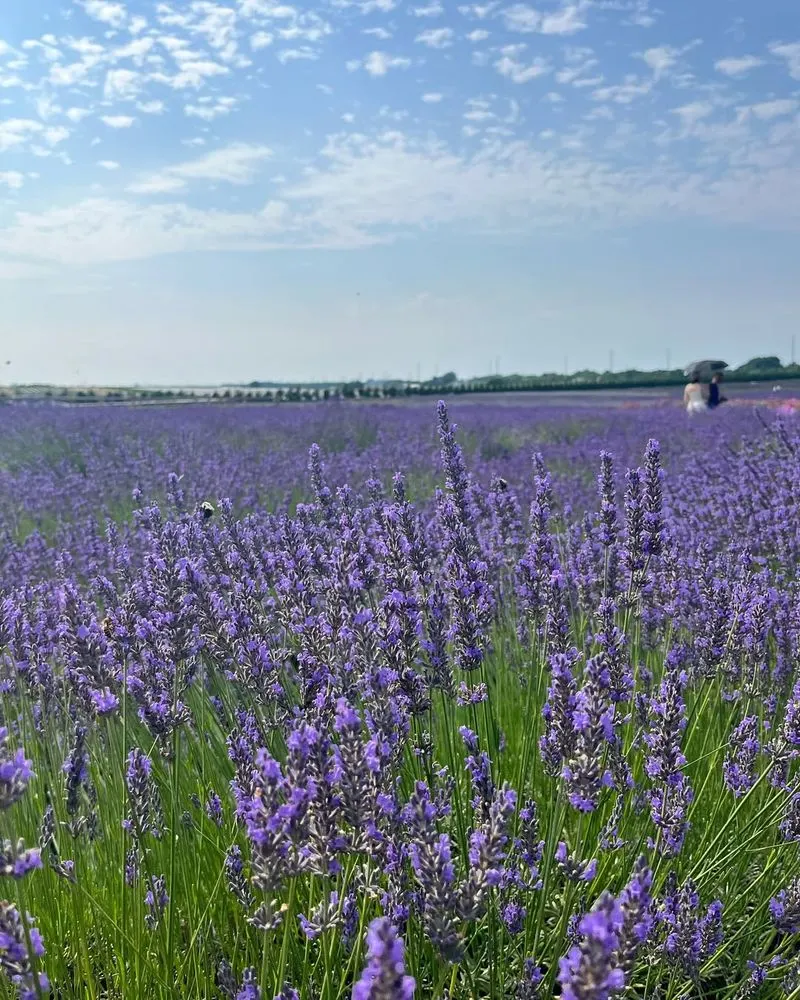
Lavender’s soothing fragrance and elegant purple spikes make it a favorite for enhancing curb appeal. Its drought-tolerant nature means it thrives with minimal water, offering stunning beauty with little effort. Regular pruning after flowering keeps it tidy and encourages more blooms. This plant attracts pollinators like bees and butterflies, adding life to the garden. Whether lining a pathway or filling a planter, lavender’s versatility complements many garden designs, providing both visual interest and a calming presence.
Hydrangeas
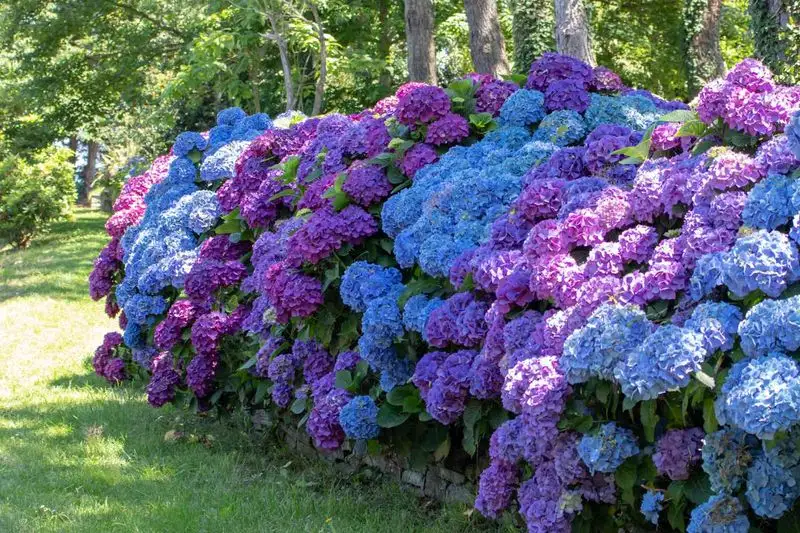
Hydrangeas stand out with their large, showy blooms that can vary in color based on soil pH. They’re perfect for adding a splash of color and interest to any front yard. These plants thrive in a variety of light conditions, from full sun to partial shade, and require regular watering to maintain their lush appearance. With proper care, they bloom from late spring through fall, providing long-lasting beauty. Grouping hydrangeas together creates a striking display, enhancing your home’s exterior charm.
Boxwood
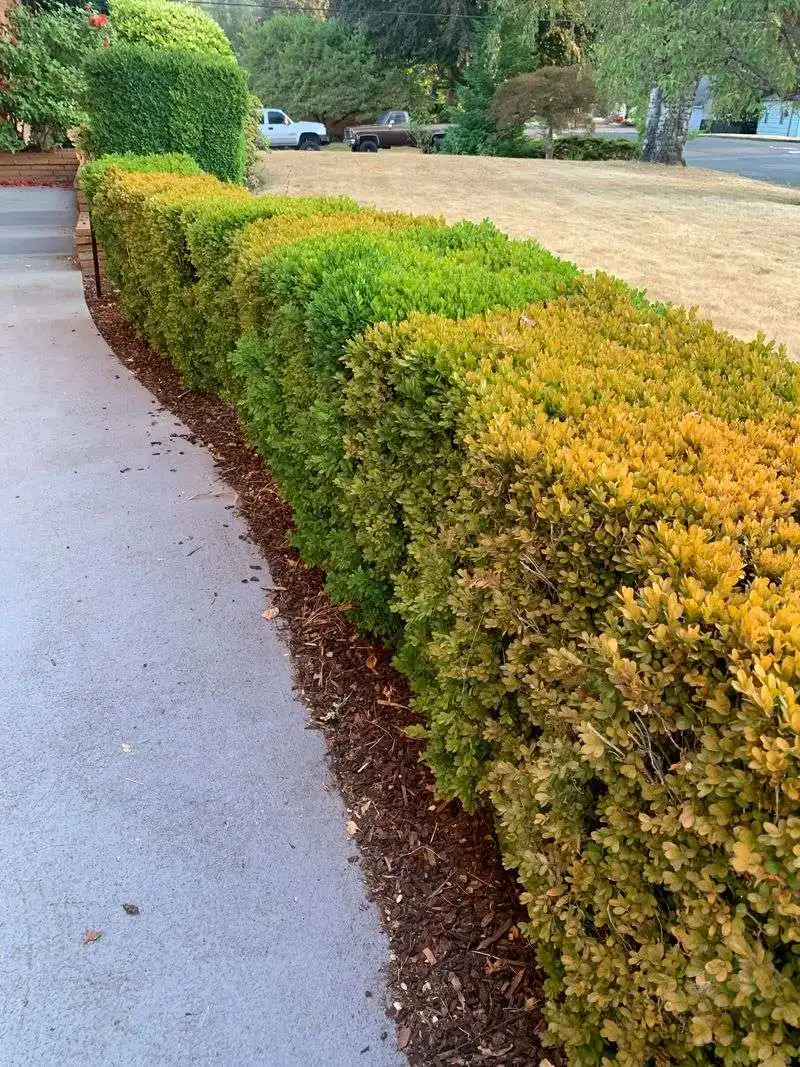
Boxwood shrubs provide a classic, structured look to any front yard, with their dense, evergreen foliage. They’re ideal for creating hedges, borders, or topiary shapes. This plant is known for its adaptability and resilience, thriving in various conditions. Regular trimming keeps them in shape, offering a tidy, formal appearance that enhances curb appeal. Boxwoods are versatile, fitting well into both contemporary and traditional garden designs, making them a popular choice for homeowners looking to improve their landscape.
Ornamental Grasses
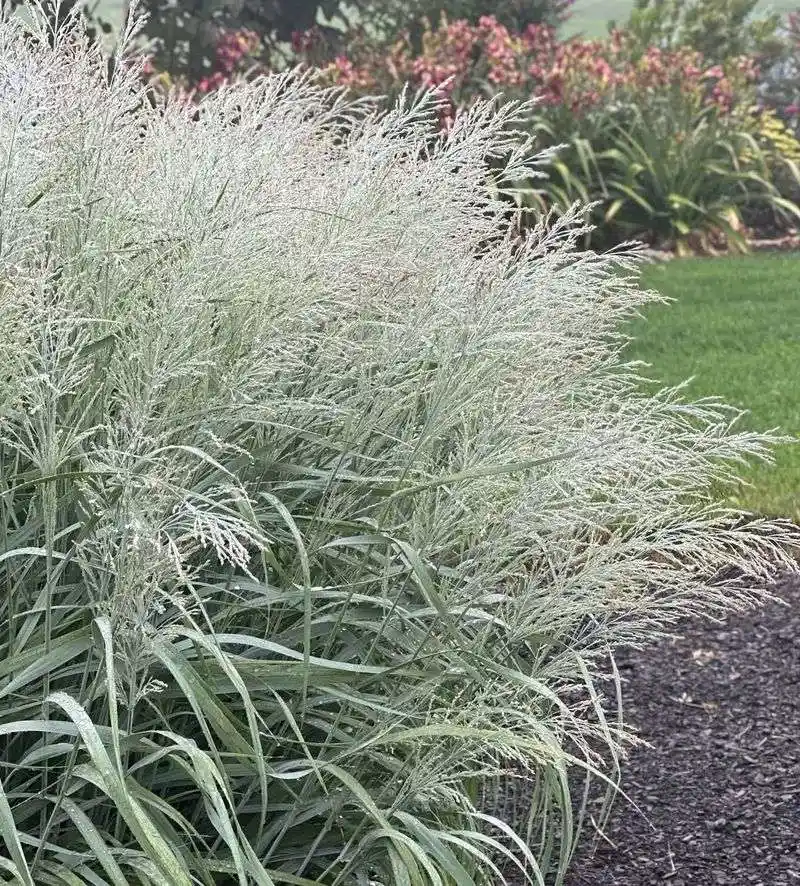
Ornamental grasses add texture and movement to the garden, creating a dynamic landscape that changes with the seasons. Their graceful plumes and varied heights offer visual interest without the need for constant care. These grasses are drought-tolerant and adaptable, making them an excellent choice for low-maintenance gardening. When combined with other perennials, they create a harmonious design that enhances the overall appeal of your yard. Their ability to thrive in challenging conditions makes them a favorite for modern landscapes.
Hostas
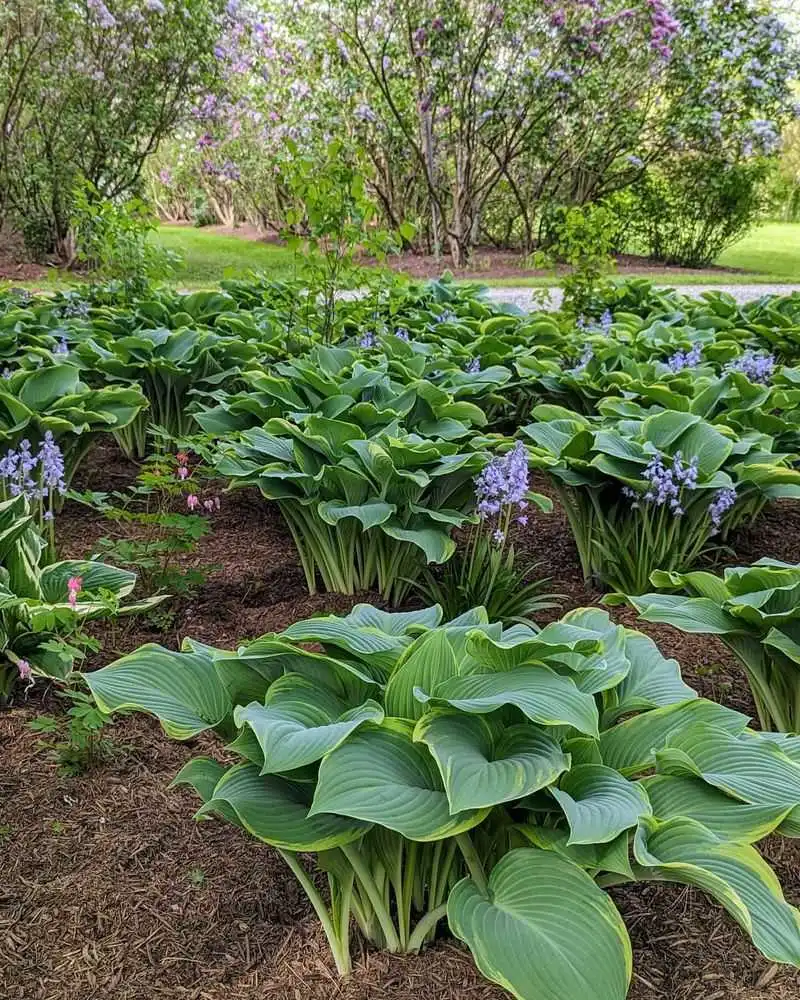
Hostas are known for their lush foliage and ability to thrive in shaded areas, making them perfect for filling in spaces under trees or along north-facing walls. Their leaves come in a variety of colors and patterns, adding depth and interest to garden designs. Low maintenance and resilient, hostas return year after year, requiring little more than occasional watering and fertilizing. They pair beautifully with ferns and other shade-loving plants, offering a rich tapestry of greenery that enhances any garden setting.
Peonies
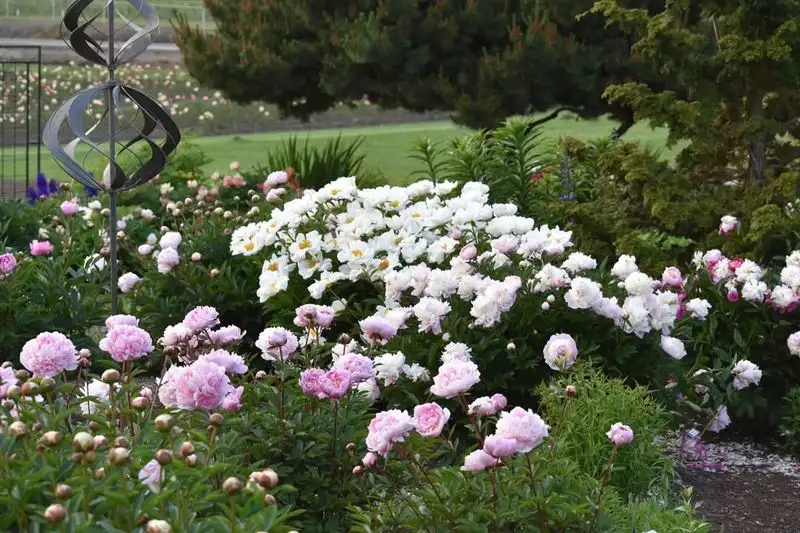
Peonies are cherished for their large, fragrant blooms and their ability to come back year after year with minimal care. Available in a range of colors, they provide a striking focal point in any garden setting. Peonies thrive in well-drained soil and full sun, rewarding gardeners with spectacular displays in late spring to early summer. Their lush petals and sweet scent make them a favorite for cut flower arrangements as well. Plant peonies alongside other perennials for a continuous flow of color throughout the growing season.
Japanese Maple
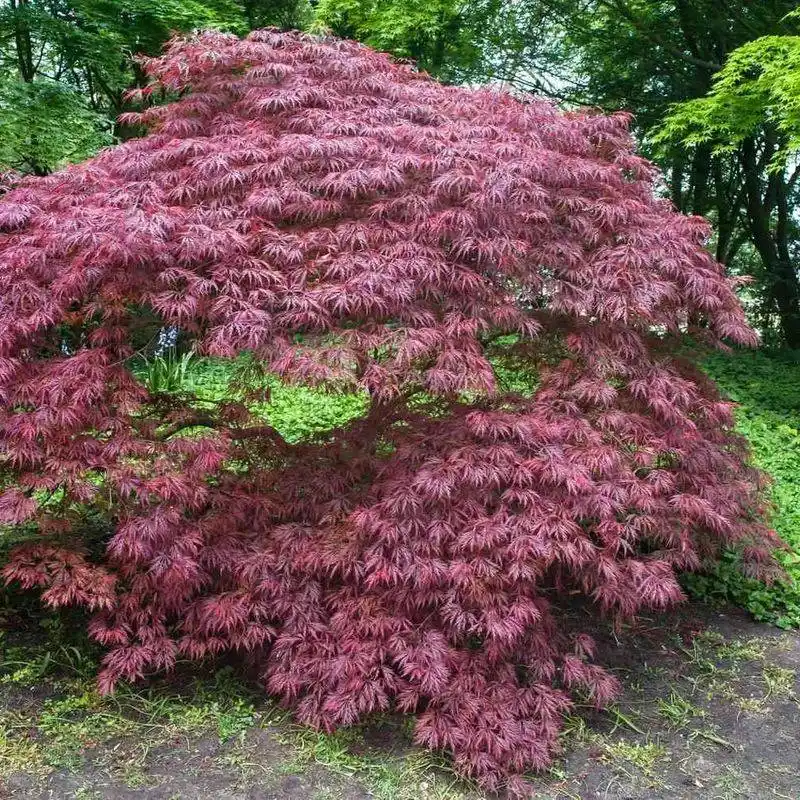
Japanese Maple trees add elegance and sophistication with their delicate, lacy leaves and striking colors. They serve as a stunning centerpiece or accent in gardens, offering vibrant hues that shift with the seasons. These trees prefer partial shade and well-drained soil, thriving in conditions that mimic their native habitat. With minimal pruning, they maintain their graceful form and provide year-round interest. Japanese Maples are perfect for creating a serene garden retreat, enhancing both traditional and modern landscapes.

